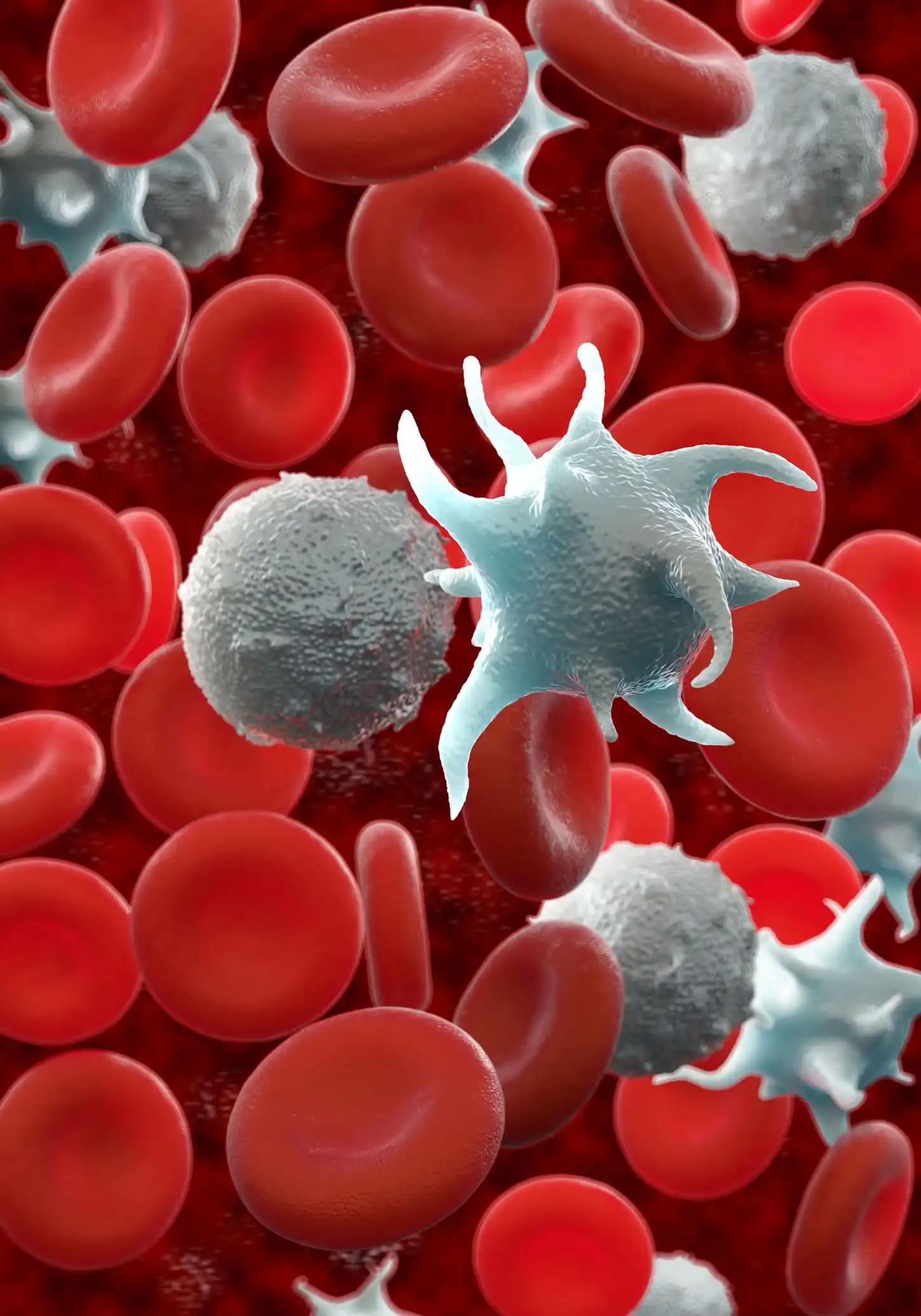KEY TAKEAWAYS
- The study aimed to investigate the interplay between the TIM-3/Galectin-9 axis and glutamine metabolism in AML cell lines.
- Researchers noticed that the interaction between TIM-3/Galectin-9 potentially promotes glutamine metabolism in HL-60 and THP-1 cells, contributing to the development of AML.
T cell immunoglobulin and mucin-domain containing-3 (TIM-3), initially identified on T cells, has emerged as a noteworthy cell surface molecule highly expressed in acute myeloid leukemia (AML) cells, correlating with AML progression. Given the pivotal role of glutamine in myeloid tumor advancement, Hooriyeh Shapourian and his team aimed to investigate the relationship between the TIM-3/Galectin-9 axis and glutamine metabolism in AML. The focus was on two AML cell lines, HL-60 and THP-1.
Researchers performed an inclusive analysis where AML cell lines underwent culture in RPMI 1640 supplemented with 10% FBS and 1% antibiotics. After adding recombinant Galectin-9 (Gal-9) at 24, 48, and 72 hours, evaluations included RT-qPCR analysis, RP-HPLC, and gas chromatography techniques. These methods were employed to assess the expression of glutaminase (GLS) and glutamate dehydrogenase (GDH) enzymes, along with the concentration of metabolites Glutamate (Glu) and alpha-ketoglutarate (α-KG) in the glutaminolysis pathway. Western blotting and MTT assay were utilized to detect the expression of mammalian target of rapamycin complex (mTORC) as a signaling factor, GLS protein, and cell proliferation rate, respectively.
For most mRNA expression, HL-60 cells exhibited the highest GLS and GDH expression at 72 hours post Gal-9 treatment (P = 0.001, P = 0.0001), while THP-1 cells showed peak expression at 24 hours (P = 0.001, P = 0.0001). Concerning mTORC and GLS protein expression, HL-60 and THP-1 cells displayed maximum levels at 72 and 24 hours after Gal-9 treatment, respectively (P = 0.0001). MTT assay results indicated a significant increase in cell proliferation rates for both cell lines following Gal-9 treatment (P = 0.001).
In terms of metabolite concentrations, Glu concentration in HL-60 and α-KG concentration in both HL-60 (P = 0.03) and THP-1 (P = 0.0001) cell lines exhibited a decreasing trend. However, Glu concentration showed an increasing trend in the THP-1 cell line (P = 0.0001).
The study concluded that the interaction between TIM-3 and Gal-9 can potentially enhance glutamine metabolism in HL-60 and THP-1 cells, consequently contributing to the development of AML.
Source: https://pubmed.ncbi.nlm.nih.gov/38267906/
Shapourian H, Ghanadian M, Eskandari N, et al (2024). “TIM-3/Galectin-9 interaction and glutamine metabolism in AML cell lines, HL-60 and THP-1. BMC Cancer.” 2024 Jan 24;24(1):125. doi: 10.1186/s12885-024-11898-3. PMID: 38267906; PMCID: PMC10809689.



